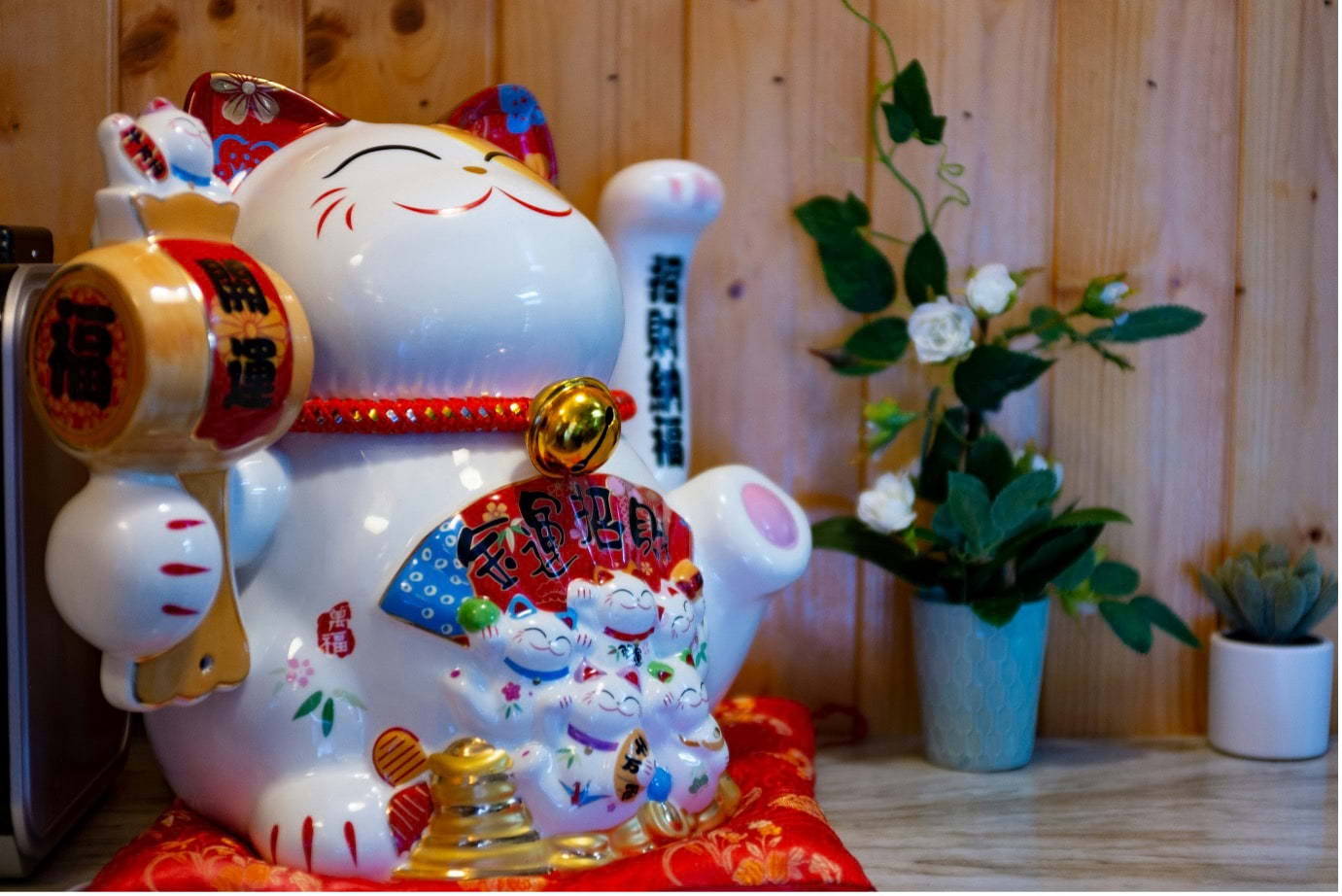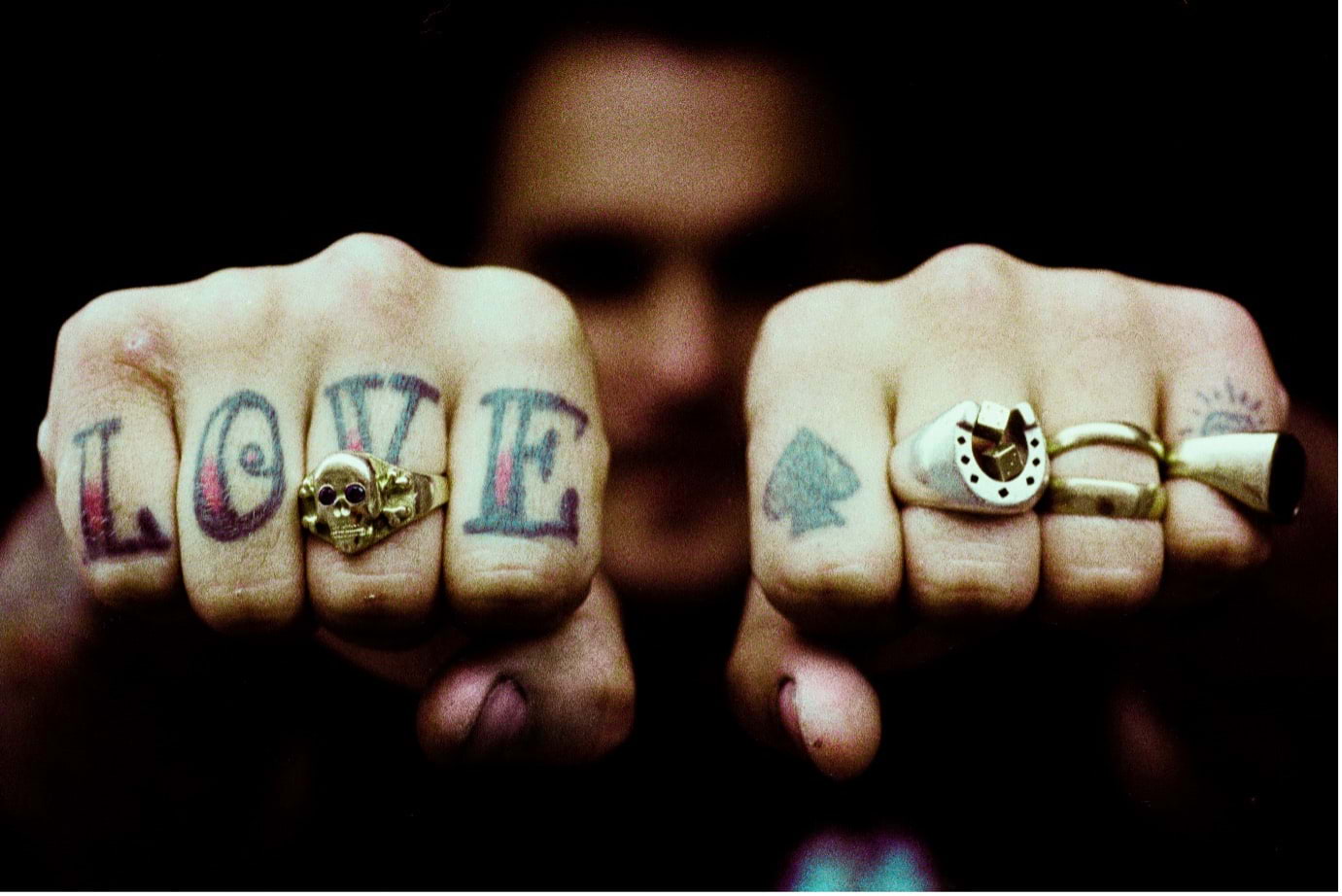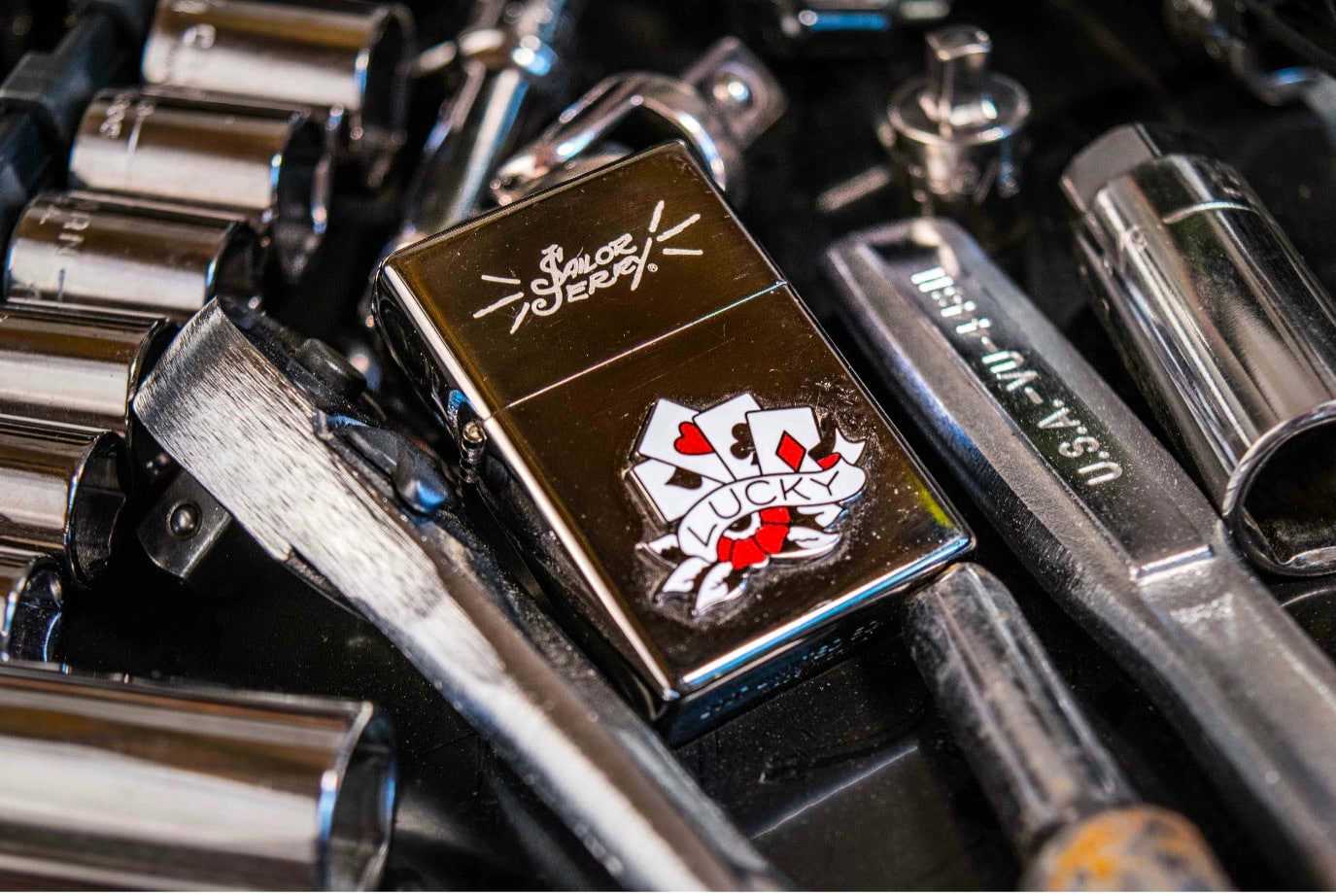Most Popular Lucky Charms Around the Globe
The good old lucky charms are always the main attraction for winnings, good fortune, wealth and revenue. People who tend to be more spiritual believe that a lucky charm can save your life or bring joy and wealth to it. Some gamblers have their lucky charms, which they carry with them to every game or session.

What looked very interesting to us was the variation of lucky charms people use around the globe. The horseshoe might be considered a lucky charm in the United States of America, but if you go to Japan, nobody believes that. So, today, we will find out what the most popular lucky charms around the globe are.
Lucky Charms In The USA
It is pretty easy to understand that the most notorious lucky charms in the world come from the USA. This is where Las Vegas is found, and thanks to the gambling industry with its thousands of platforms, casinos, and websites where you can find thousands of different games featuring lucky charms, they have become pretty popular.
It would take you only a few seconds to create an account and claim some SlotCalendar no deposit bonuses, and you can play with all the lucky charms you ever wanted. These two confirm that you already knew they were representing luck:
- Four-Leaf Clover: One of the most famous good luck symbols of the USA, under Irish influence and sustained by Irish immigrants. It represents faith, love, luck, and hope. And it is, of course, the main attraction on St. Patrick's Day.
- Horseshoes: Similarly, another lucky charm in the category originating from Ireland but also widely famous in the USA, as well as many Western cultural beliefs, is a horseshoe hung on the walls or door frames. They are traditionally placed with the ends pointing up to "catch" good fortune.
Lucky Charms in Europe
While in some European countries, you will notice that "American" lucky charms are as popular, in others, you will find really cool symbols that are considered charms and talismans. From the North's mystic runes to the Mediterranean's sun-kissed amulets, European lucky charms present a wide variety of meanings, origins, and purposes that mirror the complex mosaic of European beliefs and practices.

Indeed, for several European cultures, such talismans correspond closely to local legends, religious dogmas, and historical events. Thus, the Nordic countries have a profound tradition of symbols dating back to pre-Christian Norse mythology with which to offer protection and power.
On the other hand, the Mediterranean region, with its variety of classic civilizations like the Hellenes, Romans and Phoenicians, featured many symbols of gathering wealth and health. This is why, in the European region, you will find all sorts of lucky charms in many different shapes with all the colours imaginable, as well as ones from the USA, Japan, and the rest of the world.
Asian Lucky Charms
The Asian continent is so vast and holds so much cultural value that it is difficult to know where to start. We decided to take three well-known lucky charms from this part of the world and tell you something about them. It is likely you already know about their existence, so let's hope they bring you some luck!

- Elephants (India, Thailand): Elephants, especially white elephants, are lucky in most Asian cultures. They depict wisdom, strength, and success. In Feng Shui, elephants are used as the symbol of protection, fortune and wisdom.
- Lucky Bamboo (China): According to Chinese rituals, it has been said that this lucky bamboo brings good luck, prosperity, and positive energy into the environment of a home. The number of stalks connected to it does define a connotation of providence for luck and blessings.
- Daruma Doll (Japan): A daruma doll is a hollow, round traditional Japanese doll design with some symbolism intended to be Bodhidharma, the founder teacher of Zen Buddhism. Typically, during a desire, one paints one of the eyes and then the other when your desire comes true.
Do you have a lucky charm?
Do you have an object that is responsible for providing you with luck? If so, what is it, or is it one of the ones mentioned above?
